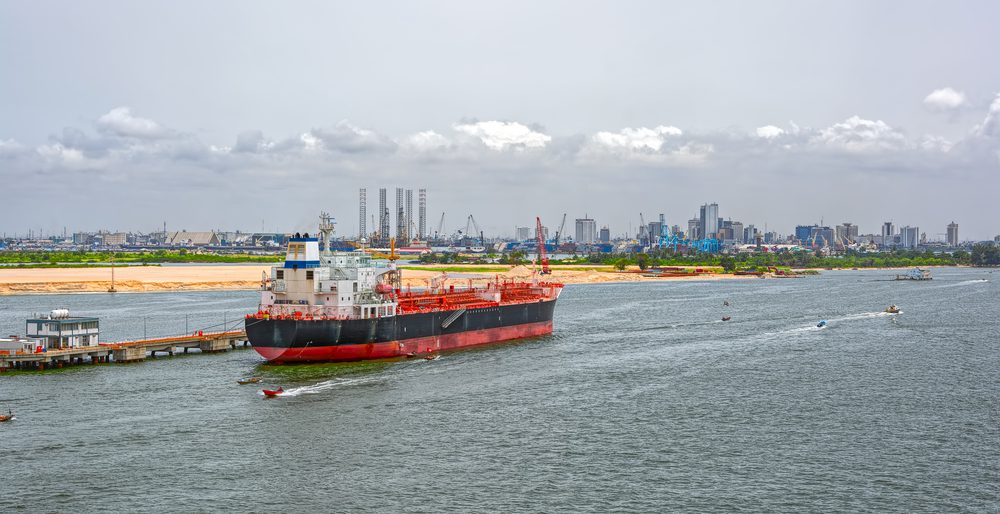By Mike Wackett (The Loadstar) –
Volume shippers offered new long-term fixed-rate contracts by container lines are, nevertheless, still keen to keep a foot in the door of the spot market.
The extreme volatility of the spot market saw many shippers get their fingers badly burned over the past 18 months as rates were turbocharged by supply constraints and strong consumer demand.
But if port congestion eases and demand softens, short-term market rates could head south again quite quickly.
The advent of multi-year deals by carriers is a new facet of the contract season that has shippers re-examining their strategies more closely.
Miles O’Donnell, national sales & procurement manager for seafreight at Europa Air & Sea, said shippers needed to decide whether to “stick or twist” on playing the spot market or agreeing a contract fix at substantially increased terms.
“The challenge for all customers is to weigh up potential changes in the sector and then decide whether fixing offers the best long-term benefit,” said Mr O’Donnell.
However, the container spot indices for the first week of the year are not giving away too many clues on the direction of rates. For example, for the Asia-North European tradelane, the Freightos Baltic Index (FBX) and Drewry’s World Container Index (WCI) were both flat, at $14,24 and $13,64, respectively, per 40ft, while Xeneta’s XSI was up 2.6% on the week at $14,84 per 40ft.
And the Ningbo Containerized Freight Index (NCFI) recorded small declines on 14 of its selected 21 trades, with five routes showing slight increases and two unchanged.
One UK-based NVOCC contact told The Loadstar this week he expected rates from China to North Europe to go up slightly ahead of the Chinese New Year holiday, which falls in the first week of February, but was more worried about new lockdown disruptions causing container and haulage shortages.
“If we start having to pay extra charges to get boxes, and more to get them on the ship, then the total charges will skyrocket again,” he warned.
Meanwhile, the uncertainty in the sea freight marketplace appears to have increased the appetite of shippers and carriers to trade FFAs (freight forward agreements).
From 28 February, FBX indices, administered by the Baltic Exchange, will be used for the settlement of six contracts on the financial derivatives exchange CME Group’s new shipping container futures platform.
Peter Keavey, global head of energy products at CME, claimed the product would be “a valuable risk management tool for customers looking to hedge their freight costs”. And Zvi Schreiber, Freightos CEO believed FFAs would “help global supply chains to cope with unprecedented demand and new levels of volatility driven by the pandemic”.
Peter Stallion, container FFA broker at Freight Investor Services, said the launch of the contracts was “a decisive step for the container market”. He told The Loadstar interest in the new container FFAs was “massive” and claimed significant traction had been made with the top-ranked carriers as well as shippers.
In previous failed attempts to introduce FFAs into the container sector, ocean carriers have been reluctant to progress their initial interest due to a constant very low rate base.
The Loadstar is known at the highest levels of logistics and supply chain management as one of the best sources of influential analysis and commentary.

 Join The Club
Join The Club











